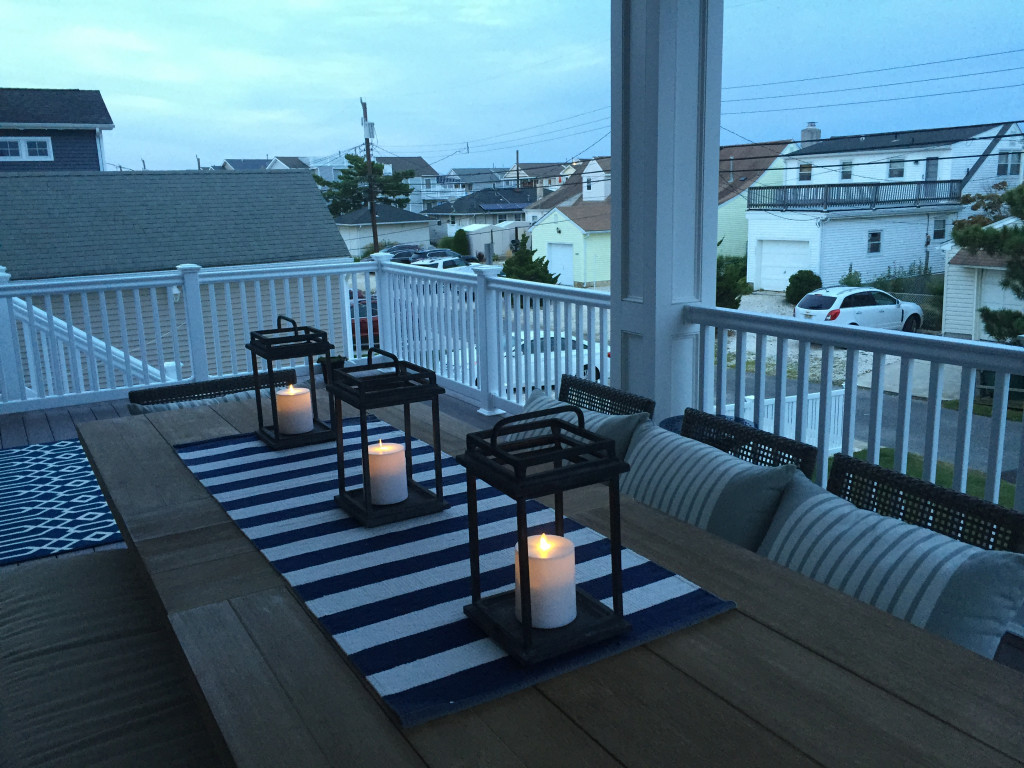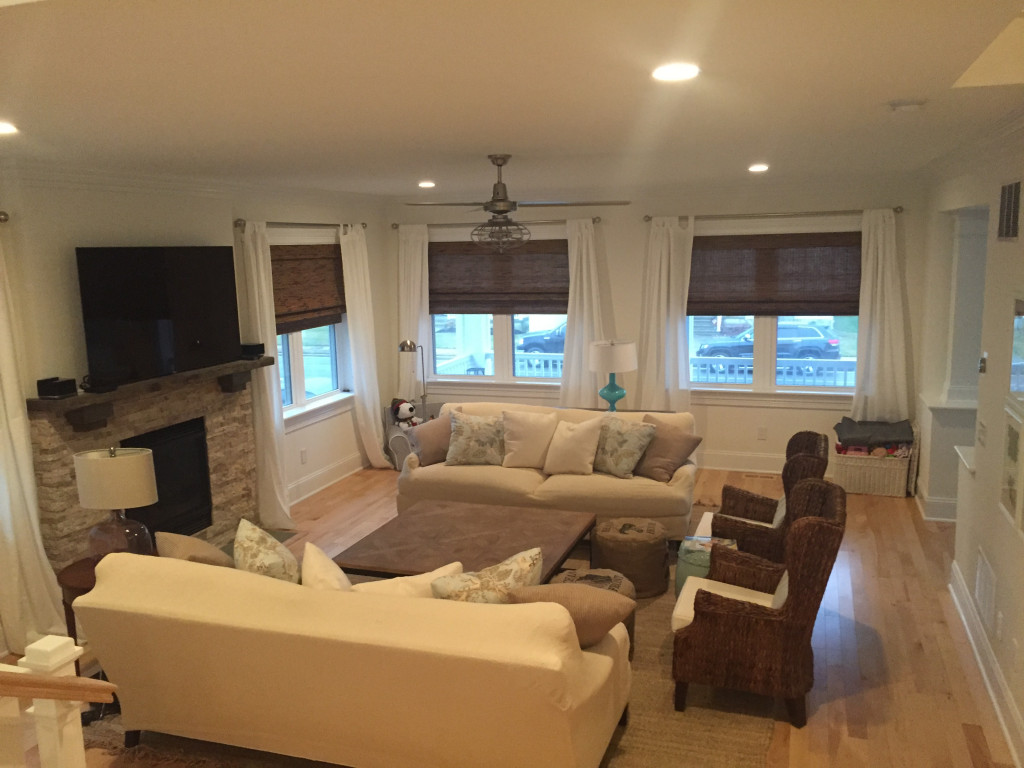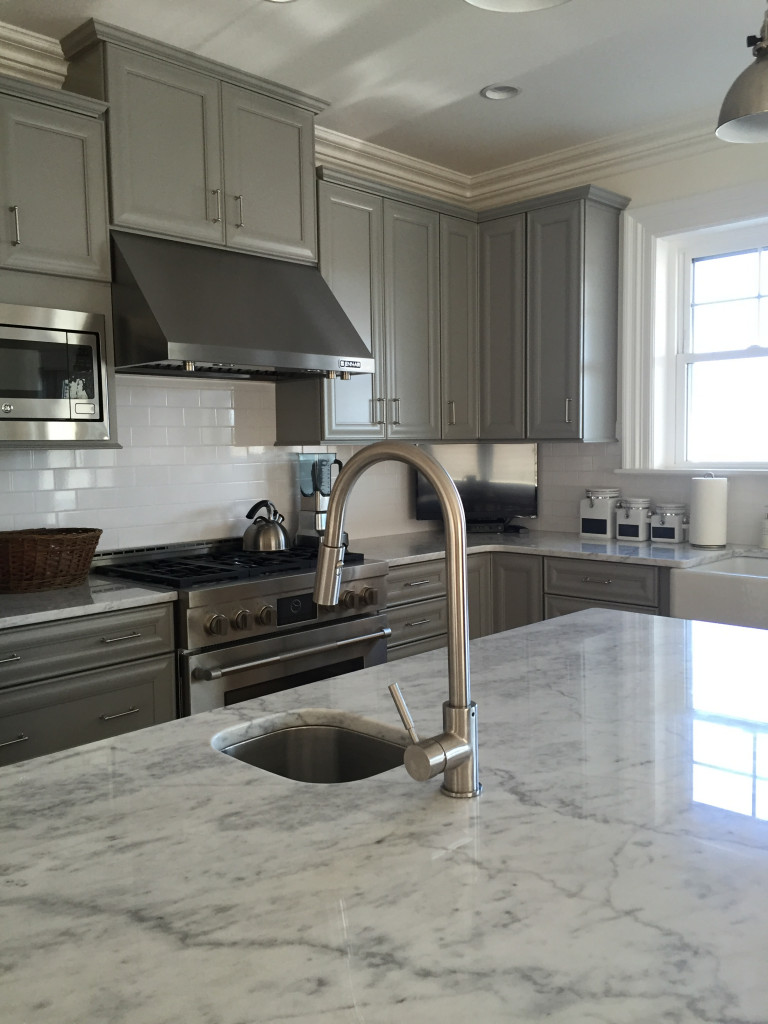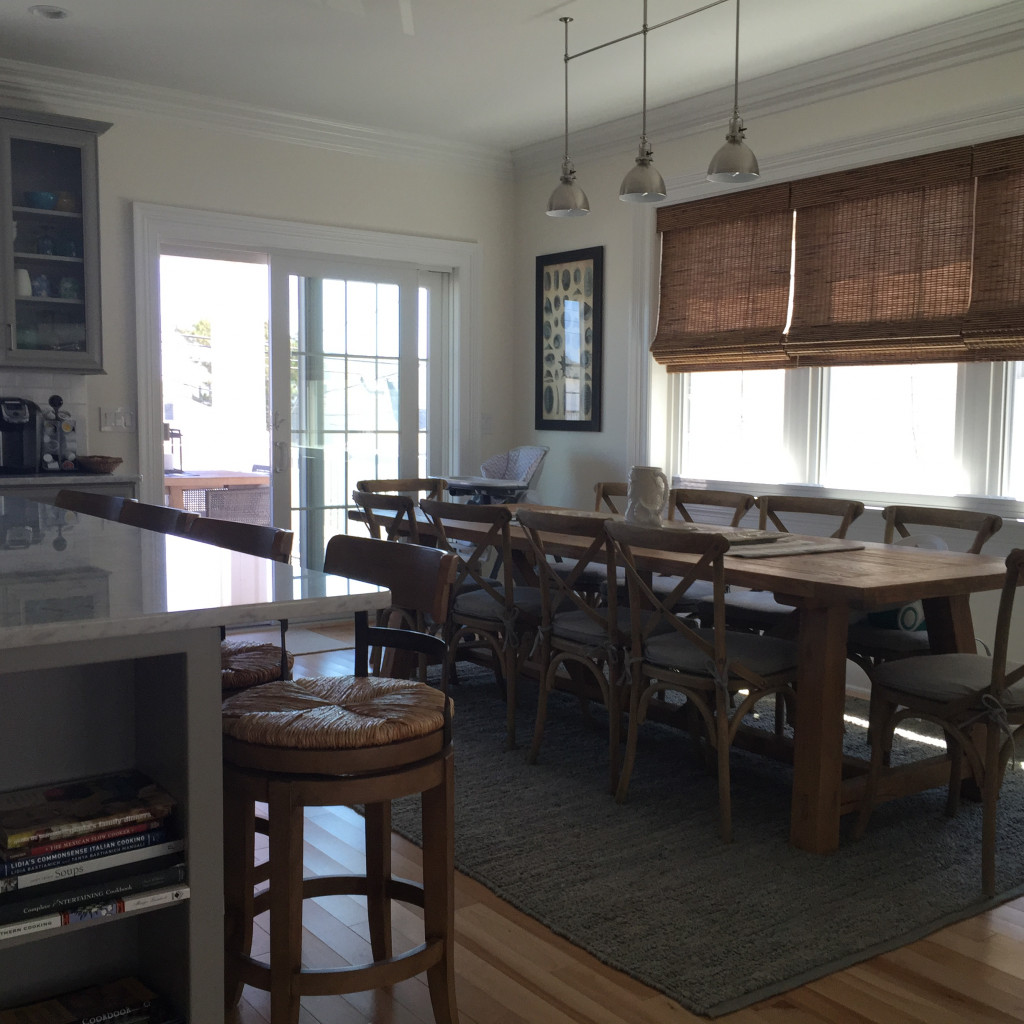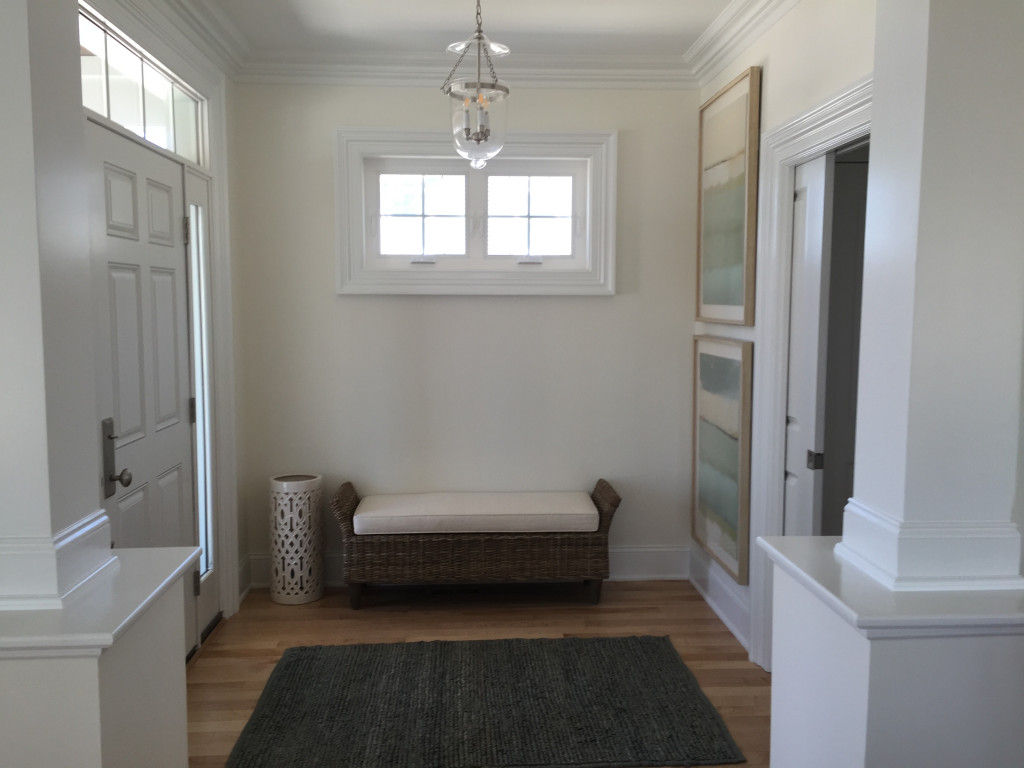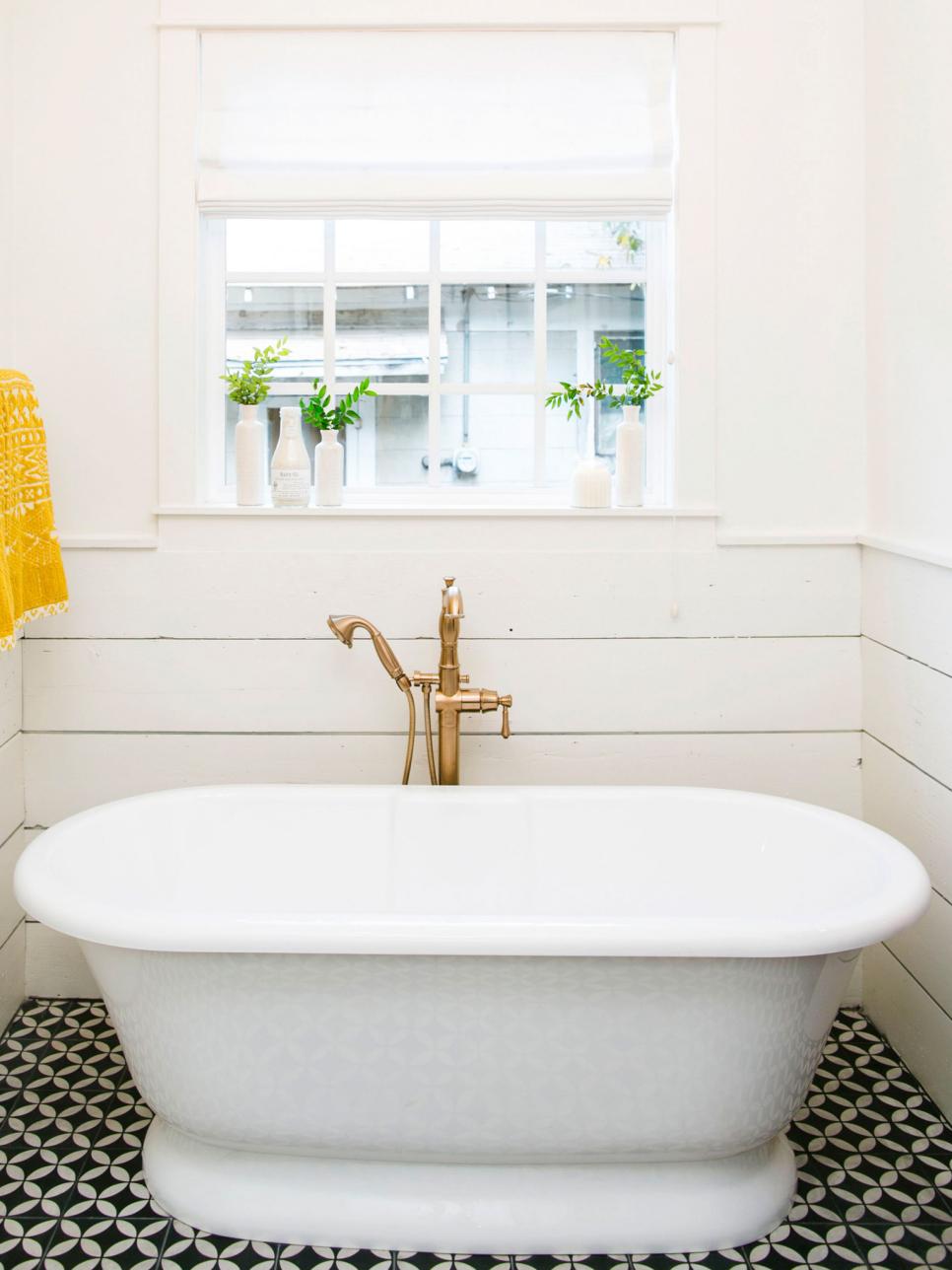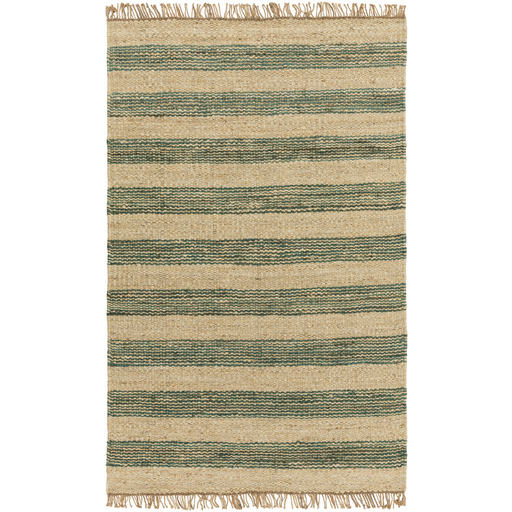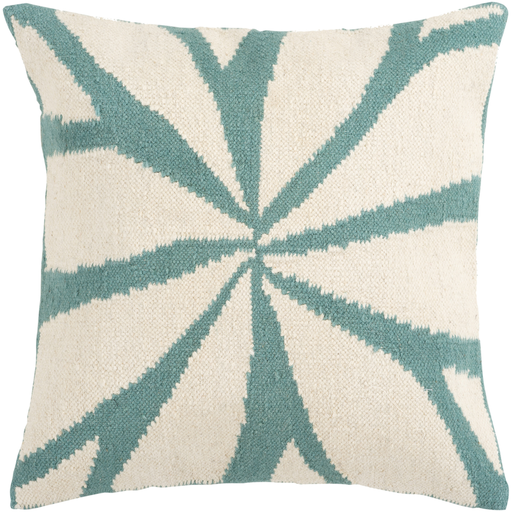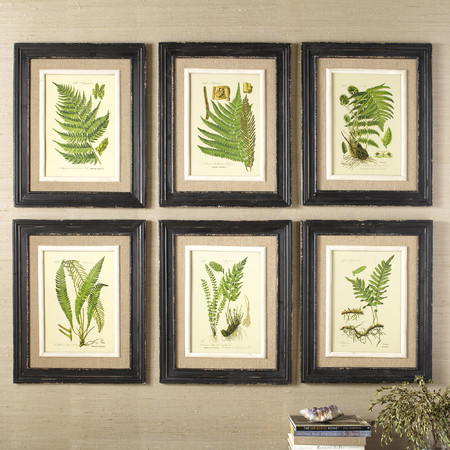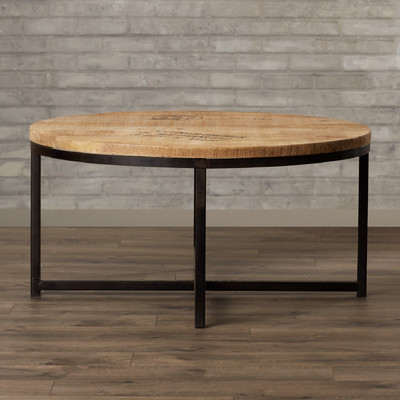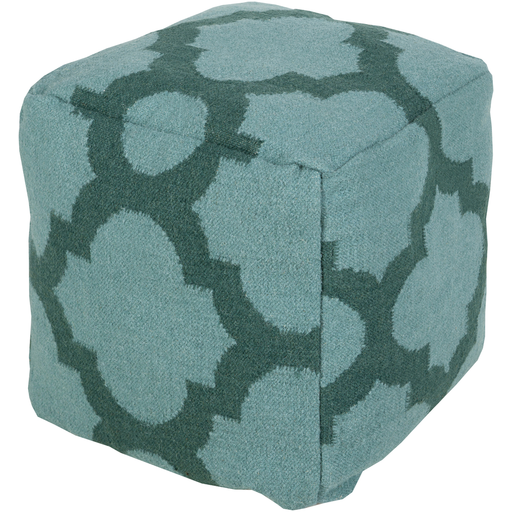
Image: She Know's Home and Garden
A shabby chic look is a style that naturally lends itself to decorating on a budget. This is because the Shabby Chic look is based on using furnishings that are comfortable, time-worn, and in keeping with simple and practical living.
If you are on a limited decorating budget and want to create a look that is unpretentious yet elegant, Shabby Chic may be the style for you. Here are a few of the basic elements that make up a Shabby Chic look that you may want to try in your own home.
Slip Covers: Slip covered furniture is the cornerstone of a Shabby Chic interior. Not only does slip covering furniture give an old item a new look, the cost is quite inexpensive and slip covering allows you to easily purchase used furniture. The Shabby Chic style often uses lots of simple white slip covers that look clean and fresh and are extremely budget friendly.
Unmatched Printed Fabrics: To liven up the white slip covers, printed and patterned fabrics are added as comfortable throw pillows, chair cushions, bedding, etc. These fabrics are often floral but can also be striped, paisley or any other type of subdued print. These various patterns and colors creates a relaxed feel in a Shabby Chic home, and allows a budget decorator to purchase remnants to mix and match.
Painted Furniture: Painted furniture is another key element in a Shabby Chic interior. Furniture can be purchased at flea markets and garages sales, and then painted for that old but loved look. Adding paint to an item of furniture gives a clean appearance, and painting several items all one color (typically white in Shabby Chic) gives unmatched furniture a look of an imperfectly matched set.
Flowers: Fresh flowers add lightness and color, and an instant Chic in the home. To achieve a Shabby Chic look with flowers, use cut flowers from the garden or make you own bouquets from flowers you purchase. The floral arrangements are typically informal and organic, with a look of just being thrown together. Flowers are used in all rooms of the home including the bedrooms and bathrooms.
Unique Lighting: Shabby Chic features light fixtures and lamps that typically appear to be flea market finds. Often the light fixtures have glass or crystal beads which in juxtaposition to the casual furniture creates an unexpected look. Lamps are often painted, and feature fabric shades made from printed fabrics.
Now that you know some of the key fundamentals that go into making a Shabby Chic look, you can try to incorporate some of these elements into your own home. A major appeal and the beauty of a Shabby Chic look is the imperfection, so do not be afraid of making a mistake when giving this style a try.

